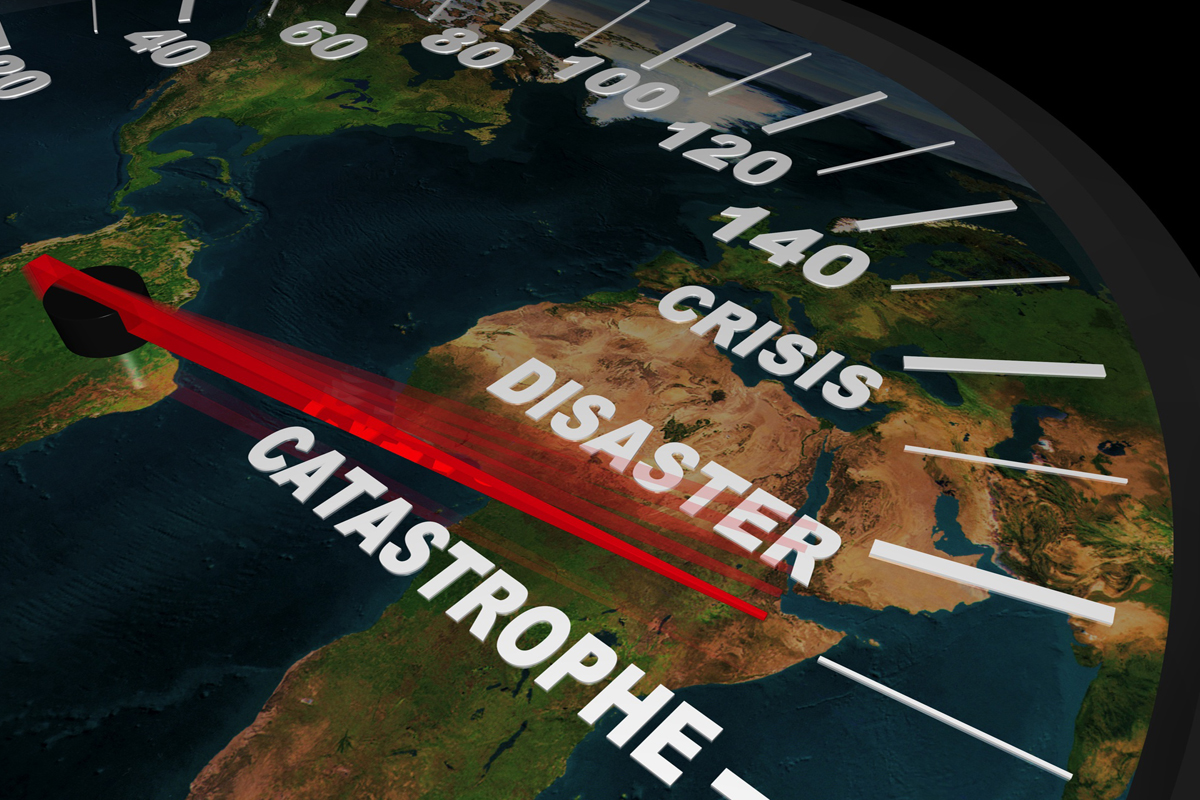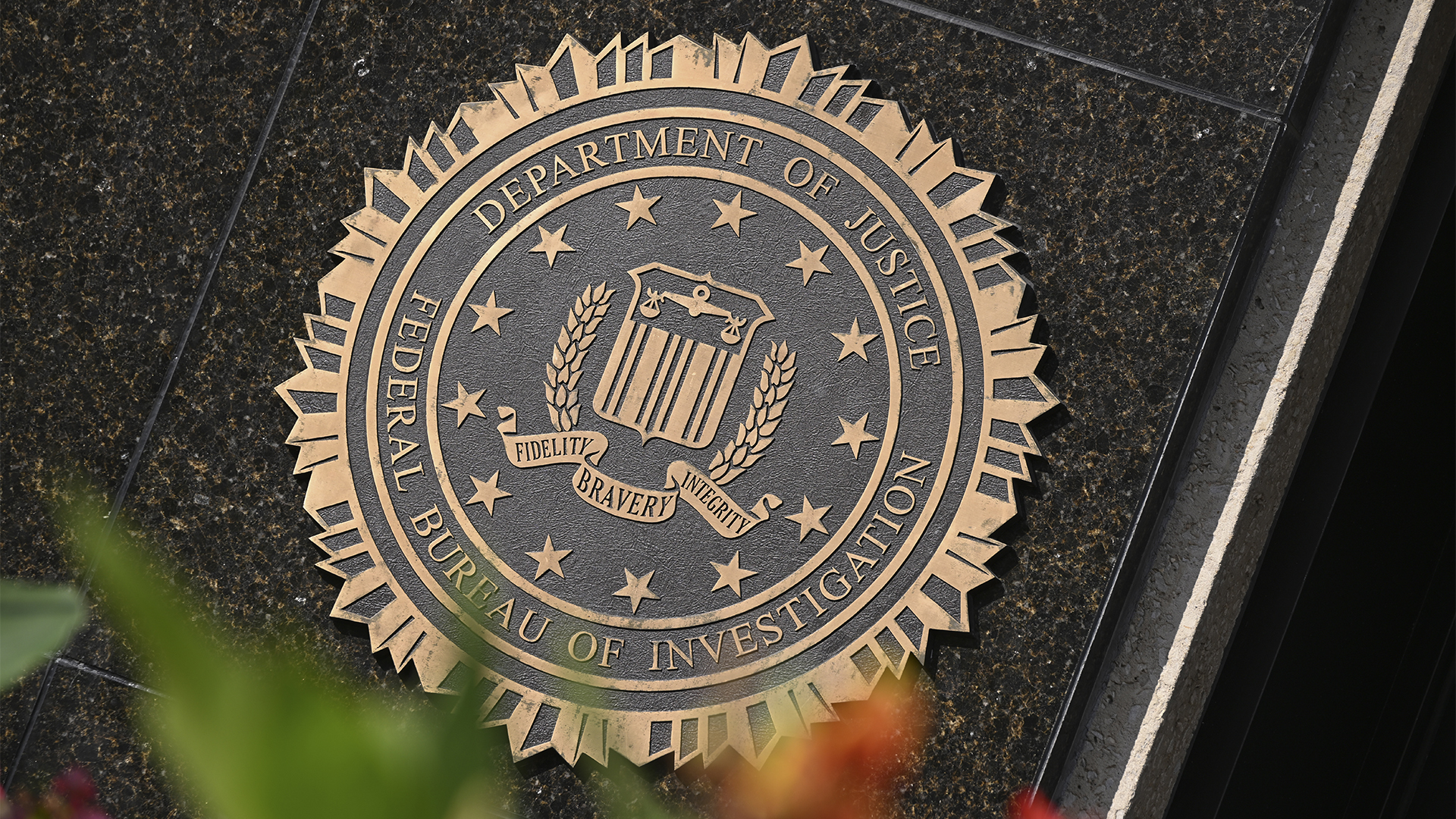US scientists using Twitter to identify earthquakes
World's premier earthquake-detection agency turns to user tweets to get a heads up on developing tremors while raw data is still being crunched.

The United States Geological Survey (USGS) is using micro-blogging service Twitter to more quickly and accurately gauge the severity of earthquakes.
Traditionally, the USGS which tracks and reports earthquakes around the world has relied primarily on seismic data to identify new tremors and quakes. But with such data typically taking around 20 minutes to be chewed by the monitoring equipment, the agency has started looking at first-hand information being sent into the cloud by Twitter users.
USGS scientists have launched a Twitter Earthquake Detection (TED) project that continuously sifts through tweets looking for all mentions of the word "earthquake" including local-language equivalents and then builds online maps showing trends that may indicate seismic activity.
"Many people use Twitter to tell others what is going on around them," USGS scientist Paul Earle said in an interview yesterday. "So after an earthquake they often rapidly report that an earthquake has occurred and describe the experience."
Of course, simply pulling in all mentions of the word "earthquake" doesn't guarantee accurate results, as the data will be muddied by any uses in tweets of the word in a non-seismic context. But the data is nonetheless useful in pinpointing trends that are likely to be real earthquakes while the raw seismic data is still being processed.
According to agency scientist Michelle Guy, "the basic difference is speed versus accuracy. Analysing the tweets provides an early indication of what people experience before the quantitative information becomes available".
Sign up today and you will receive a free copy of our Future Focus 2025 report - the leading guidance on AI, cybersecurity and other IT challenges as per 700+ senior executives
-
 Who owns the data used to train AI?
Who owns the data used to train AI?Analysis Elon Musk says he owns it – but Twitter’s terms and conditions suggest otherwise
-
 Elon Musk confirms Twitter CEO resignation, allegations of investor influence raised
Elon Musk confirms Twitter CEO resignation, allegations of investor influence raisedNews Questions have surfaced over whether Musk hid the true reason why he was being ousted as Twitter CEO behind a poll in which the majority of users voted for his resignation
-
 Businesses to receive unique Twitter verification badge in platform overhaul
Businesses to receive unique Twitter verification badge in platform overhaulNews There will be new verification systems for businesses, governments, and individuals - each receiving differently coloured checkmarks
-
 Ex-Twitter tech lead says platform's infrastructure can sustain engineering layoffs
Ex-Twitter tech lead says platform's infrastructure can sustain engineering layoffsNews Barring major changes the platform contains the automated systems to keep it afloat, but cuts could weaken failsafes further
-
 ‘Hardcore’ Musk decimates Twitter staff benefits, mandates weekly code reviews
‘Hardcore’ Musk decimates Twitter staff benefits, mandates weekly code reviewsNews The new plans from the CEO have been revealed through a series of leaked internal memos
-
 Twitter could charge $20 a month for 'blue tick' verification, following Musk takeover
Twitter could charge $20 a month for 'blue tick' verification, following Musk takeoverNews Developers have allegedly been given just seven days to implement the changes or face being fired
-
 Twitter reports largest ever period for data requests in new transparency report
Twitter reports largest ever period for data requests in new transparency reportNews The company pointed to the success of its moderation systems despite increasing reports, as governments increasingly targeted verified journalists and news sources
-
 IT Pro News In Review: Cyber attack at Ikea, Meta ordered to sell Giphy, new Twitter CEO
IT Pro News In Review: Cyber attack at Ikea, Meta ordered to sell Giphy, new Twitter CEOVideo Catch up on the biggest headlines of the week in just two minutes

